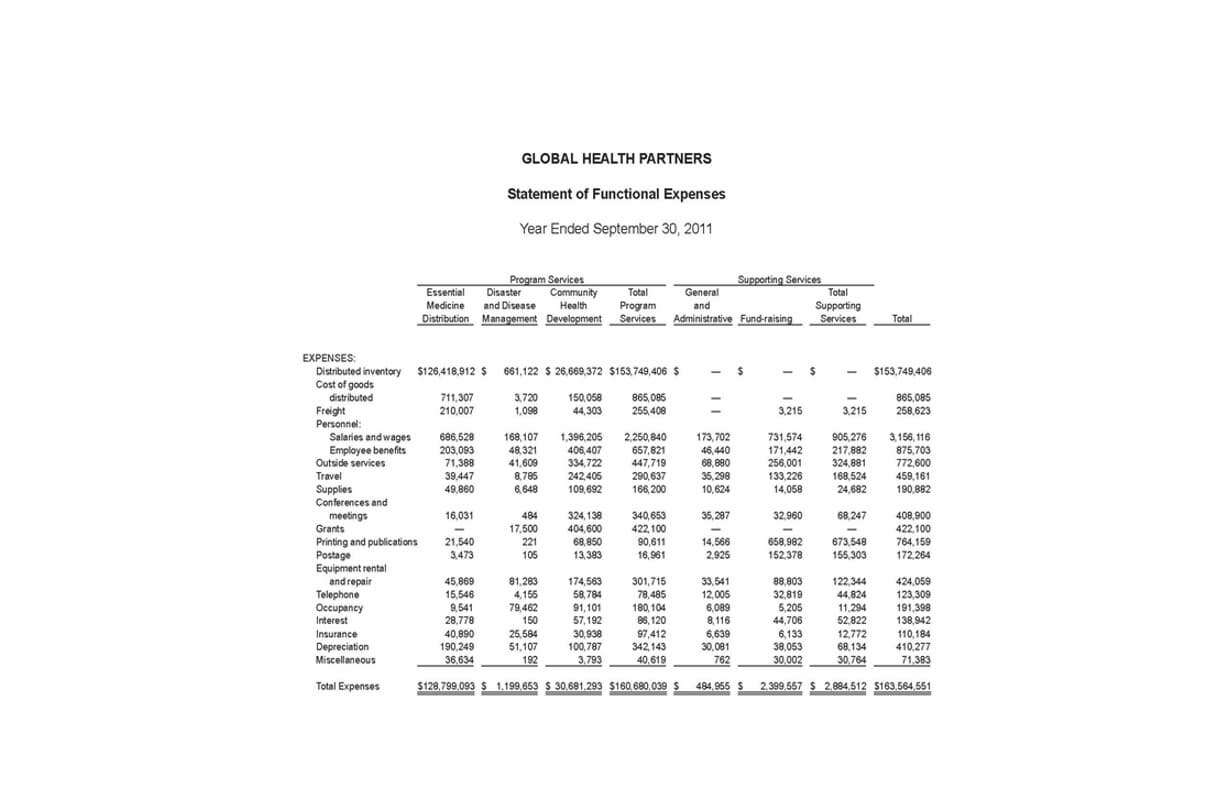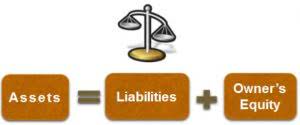
Finally, the Change in Working as calculated manually on the Balance Sheet will rarely, if ever, match the figure reported by the company on its Cash Flow Statement. So, if the company somehow classifies these items within Working Capital, remove and re-classify them; they should never affect Cash Flow from Operations. The short answer is that you should follow what the company does, and you shouldn’t worry about placement as long as the item correctly factors into Cash Flow from Operations (and metrics like Free Cash Flow and Unlevered Free Cash Flow). The Change in WC has a mixed/neutral effect on Best Buy, reducing its Cash Flow in some years and increasing it in others, while it always increases Zendesk’s Cash Flow. Learn accounting, 3-statement modeling, valuation/DCF analysis, M&A and merger models, and LBOs and leveraged buyout models with 10+ global case studies. You can narrow the focus of your Net working capital calculation by removing cash and debts.
Part 6: Wait, Why Don’t the Cash Flow Statement and Balance Sheet Figures Match?!!
Finally, you subtract any other financial obligations considered liabilities, such as employee wages, interest payments, and short-term loans that will come due within the next year. In our example, if these expenses amount to $1.075 million, subtract this from the $1.48 million, resulting in a net working capital of $405,000. It is a financial cushion that allows businesses to weather economic downturns, invest in research and development, and seize new opportunities. In essence, it’s like a savings account that businesses can tap into to ensure long-term growth and adaptability in a dynamic market. Net working capital, often abbreviated as NWC, is like a financial health report card for a business.
- Yes, technically capital lease liability would be considered more like short-term debt than an operating liability like accounts payable.
- Still, it’s important to look at the types of assets and liabilities and the company’s industry and business stage to get a more complete picture of its finances.
- In our example, if these expenses amount to $1.075 million, subtract this from the $1.48 million, resulting in a net working capital of $405,000.
- Current liabilities encompass all debts a company owes or will owe within the next 12 months.
What is the Net Working Capital Ratio?

The net working capital (NWC) of the company is increasing by $2 million each period. In the next section, the change in net working capital (NWC) – i.e. the increase / (decrease) in net working capital (NWC) – will be determined. Suppose we’re tasked with calculating the incremental net working capital (NWC) of a company, given the following historical data. We’ll now move to a modeling exercise, which you can access by filling out the form below. We’ll now move on to a modeling exercise, which you can access by filling out the form below.

How Do You Calculate Working Capital?
See the information below for common drivers used in calculating specific line items. Finally, use the prepared drivers and assumptions to calculate future values for the line items. As a consequence of operating cash flow and EBIT increase, market capitalization has grown too, making Alibaba have a total return on investment of approximately 180%, or 36% per year.
- At the very top of the working capital schedule, reference sales and cost of goods sold from the income statement for all relevant periods.
- See the information below for common drivers used in calculating specific line items.
- As a result, the company’s net working capital increases, reflecting improved liquidity and financial strength.
- Because Working Capital is a Net Asset on the Balance Sheet, and when an Asset increases, that reduces cash flow; when an Asset decreases, that increases cash flow.
- As a consequence of operating cash flow and EBIT increase, market capitalization has grown too, making Alibaba have a total return on investment of approximately 180%, or 36% per year.
- Therefore, there might be significant differences between the “after-tax profits” a company records and the cash flow it generates from its business.
Alternatively, it could mean a company fails to leverage the benefits of low-interest or no-interest loans. It’s worth noting that while negative working capital isn’t always bad and can depend on the specific business and its lifecycle stage, prolonged negative working capital can be problematic. The amount of working capital needed varies by industry, company size, and risk profile. Industries with longer production cycles require higher working capital due to slower inventory turnover. Alternatively, bigger retail companies interacting with numerous customers daily, can generate short-term funds quickly and often need lower working capital.
How to Calculate Change in Net Working Capital (NWC)

Net working capital is a crucial financial metric that directly impacts a company’s ability to meet short-term obligations, invest in growth, efficiently utilize resources, exhibit financial health, and plan for the future. Understanding how to calculate and interpret net working capital is fundamental for effective financial management and decision-making within a business. how to find change in nwc The final net working capital figure, in this case, $405,000, provides valuable insights into your business’s financial condition. A positive net working capital indicates that your business is in good financial shape and can invest in growth and expansion. If it’s zero, your business can meet its current obligations but may need more investment capacity.
Why Is Net Working Capital Important to Your Business?

With enough net working capital, a company might be able to keep its operations afloat and avoid running into financial trouble. Working capital is a snapshot of a company’s current financial condition—its ability to pay its current financial obligations. Cash flow looks at all income and expenses coming in and out of the company over a specified time period, providing you with the big picture of inflows and outflows.

- To reduce short-term debts, a company can avoid unnecessary debt, secure favorable credit terms, and manage spending efficiently.
- As a general rule, the more current assets a company has on its balance sheet relative to its current liabilities, the lower its liquidity risk (and the better off it’ll be).
- A company with a negative net WC that has continual improvement year over year could be viewed as a more stable business than one with a positive net WC and a downward trend year over year.
- This can lead decreased operations, sales, and may even be an indicator of more severe organizational and financial problems.
The Change in Working Capital tells you if the company’s Cash Flow is likely to be greater than or less than the company’s Net Income, and how much of a difference there will be. Like so many other business processes, managing net working capital is much easier with help from digital transformation tools such as artificial intelligence, advanced data analytics, and robotic process automation. This compares favorably to last year, when its NWC balance was $140,000 ($970,000 – $830,000). To see working capital management efficiency without any seasonality effect, we will consider the 2020 Alibaba yearly report again.
